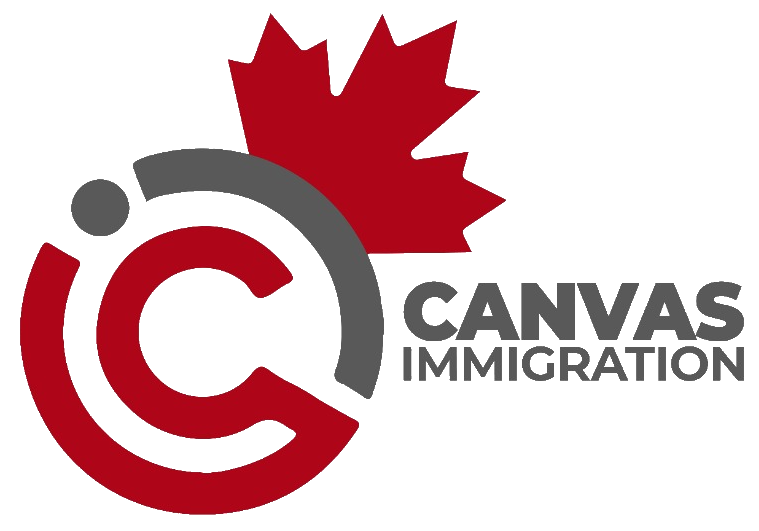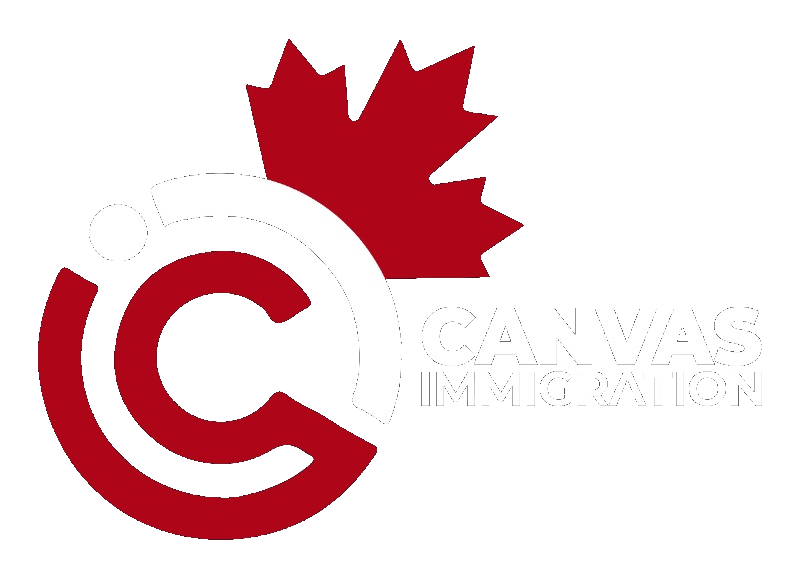Last Updated On 15 November 2024, 2:39 AM EST (Toronto Time)
The Canadian Immigration Minister Marc Miller addressed heightened concerns over Canada-US border security in an extensive media scrum on November 13.
Amid statements from former U.S. officials warning of potential vulnerabilities along the Canada-US border, Miller affirmed Canada’s commitment to border safety while stressing ongoing cooperation with the United States to ensure a secure and mutually beneficial relationship.
Table of Contents
Prominent U.S. voices, including former officials from the Trump administration, have raised alarms about security risks along the Canada-U.S. border, citing it as a potential entry point for unauthorized individuals.
Former Trump advisor Tom Homan argued that “extreme national security vulnerabilities” exist on the northern border, suggesting that insufficient security measures could allow individuals to move clandestinely from Canada into the United States.
Homan called for “tough conversations” between Washington and Ottawa to address these alleged risks.
Minister Miller responded to these claims, affirming that Canada takes border security seriously and cooperates closely with U.S. authorities to manage any irregular crossings.
He acknowledged that maintaining a safe and controlled border is a priority for both nations.
“We share information with our American partners and apprehend individuals crossing the border in ways that are not permitted,” Miller stated, underscoring Canada’s commitment to upholding stringent border control measures.
He also highlighted Canada’s efforts to manage irregular migration at its borders, noting that it has faced challenges from unauthorized entries from the U.S. into Canada as well.
The minister emphasized that both countries have worked together to address these issues, striving to create policies that serve the national interests of Canadians and support a balanced, secure border.
A critical piece of the Canada-U.S. border discussion is the Safe Third Country Agreement (STCA), which mandates that asylum seekers must apply for refugee status in the first safe country they reach.
This agreement, designed to manage and streamline asylum claims, has become a focal point amid shifting U.S. immigration policies.
When questioned on the potential impact of future U.S. immigration restrictions and deportations, Miller expressed confidence in the STCA.
He explained that the agreement has enabled both nations to manage migration responsibly while preserving essential economic flows, including the movement of goods and people across the border.
“The agreement allows us to maintain an organized flow of migrants along our borders, which is essential to our economic and social relationship with the United States,” Miller noted.
He did, however, concede that adjustments to the STCA may be needed if security dynamics or migration patterns change significantly.
“If we see changing behaviours or if our security agencies advise us to take a different approach, we will consider it,” Miller said, stressing that any such conversations would occur privately between Canadian and U.S. officials.
Minister Miller’s comments underscore the complexity of Canada-U.S. border relations amid shifting political landscapes and public scrutiny.
As both nations prepare for potential policy changes under new U.S. leadership, Canada’s immigration and border security strategies will likely continue to evolve in close alignment with American counterparts.
By maintaining open lines of communication and addressing shared concerns, Canada aims to keep its borders secure while supporting the interests of Canadian citizens and the broader North American region.
Kamal Deep Singh, RCIC
Something went wrong. Please refresh the page and/or try again.
You may also like: 2 New CRA Benefit Payments For Ontario Residents in November 2024
New Canada LMIA work permit wage increase effective November 8
25 High paying diploma programs in Canada for 2025
BC Government Jobs Hiring Now Without Needing A Degree

